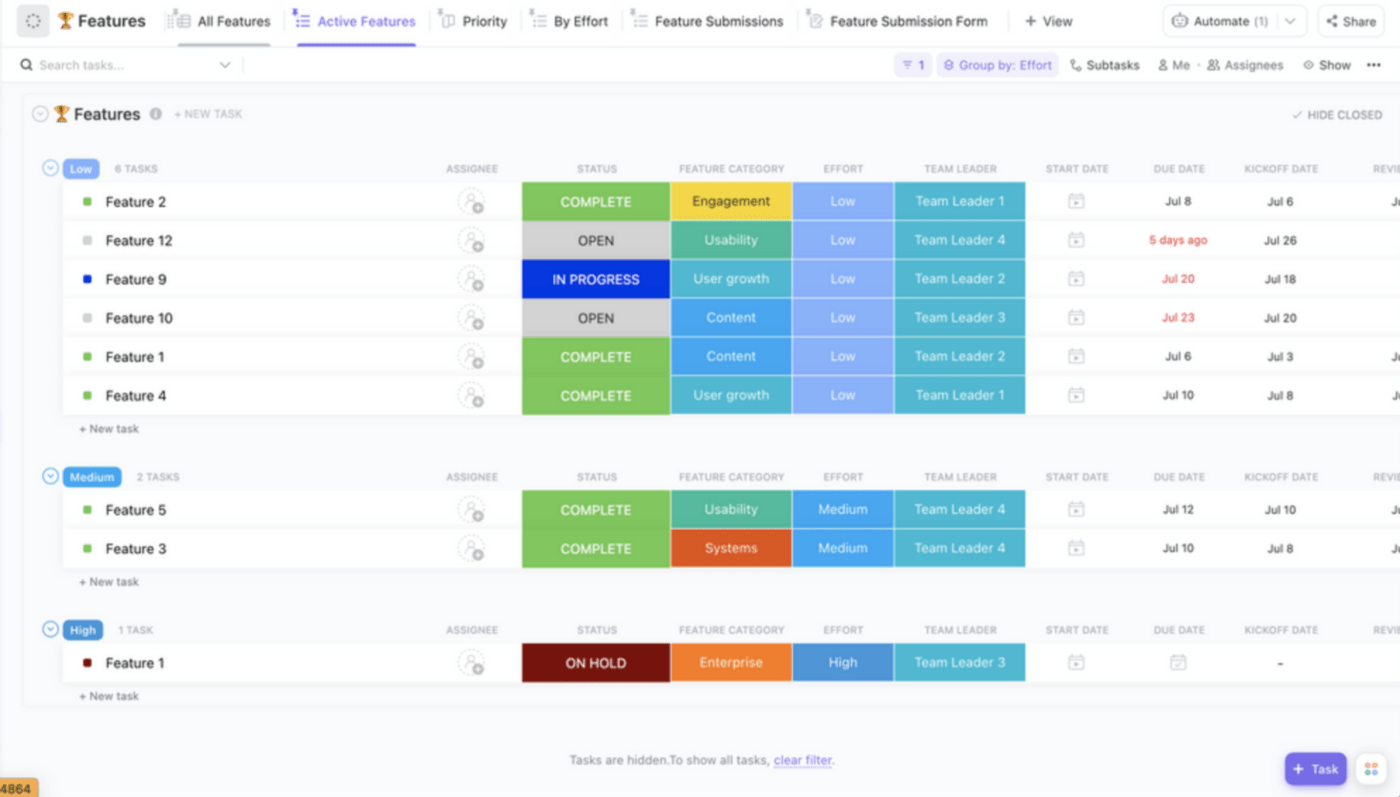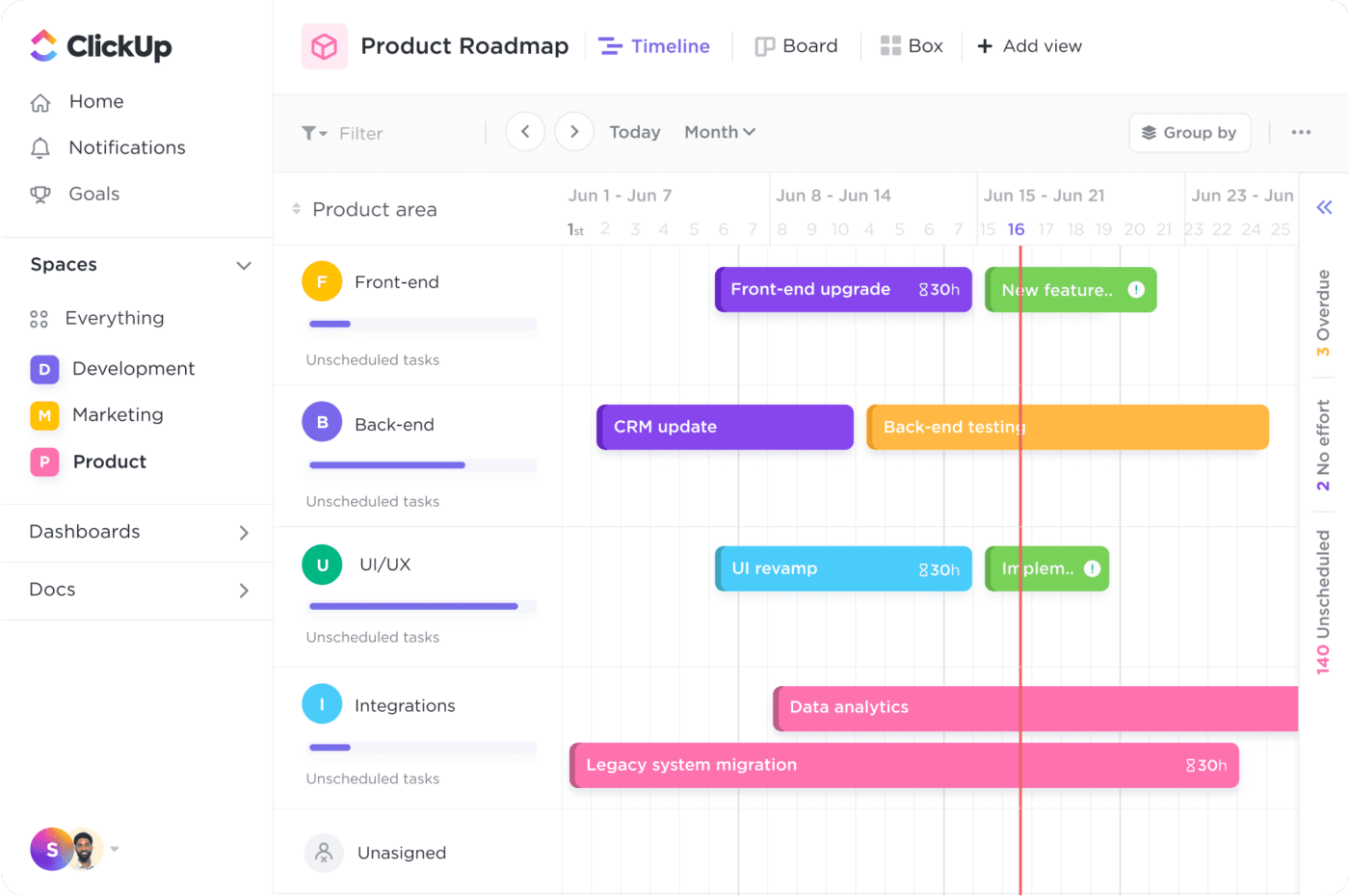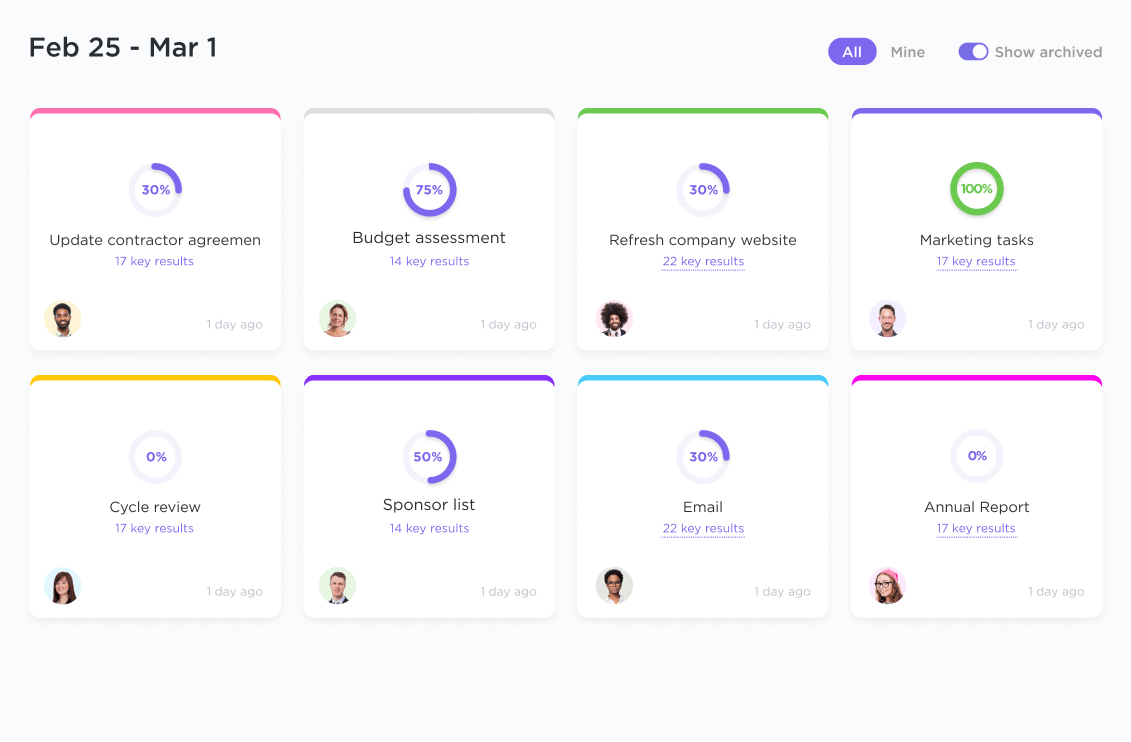Day in the Life of a Product Manager: Role, Responsibilities, and Tools

Sorry, there were no results found for “”
Sorry, there were no results found for “”
Sorry, there were no results found for “”
On average, a product manager earns $156,524 per year. This figure may vary depending on the industry, product, geographic location, experience, certifications, and other parameters.
Such attractive pay leaves everyone eyeing the coveted role of a product manager. Yet, very few are aware of the roles and responsibilities of the position.
After all, the title ‘Product Manager’ sheds little to no light on what one could do —except manage a product. The idea of what constitutes a ‘product’ is ever-evolving, with digital and software-based products expanding the definition of what was once traditionally held as tangible goods.
Read on if you’re curious to learn about the profile of a product manager in-depth.
Depending on who you ask, you will get different responses to the question, “Who is a product manager?”
According to some, product managers research, identify, and conceptualize products worth building. Others believe that they orchestrate the product development cycle. Some limit their role to feature development or product analytics.
None of them would be wrong in their definition of who a product manager is. After all, product managers do all that directly or indirectly —and then some.
However, we’re here to lend more structure and comprehension to your understanding of a product manager.
So, it all boils down to this: A product manager is a professional responsible for a product. Entrepreneurs like Ben Horowitz want you to think of them as the CEO of the product.
They feature throughout the development cycle, from planning and strategizing to launch and improvement. This involves task management, relationship building, coordination, firefighting, and more.
While handling such activities across cross-functional teams, product managers are a mission-critical link between stakeholders, developers, design, sales and marketing, and customer support teams.
Experts like Martin Eriksson call product managers an intersection of User Experience (UX), Business, and Technology.
Product managers’ roles and responsibilities are equally nuanced since they wear multiple hats. While there could be industry-specific variations, a product manager is typically involved in the following:
Product managers must possess many skills to manage and orchestrate such diverse activities.
When you are a product manager, no two days are alike. One day, you brainstorm with the engineering team and the other, you understand the challenges the customer service and support teams face. You could craft user stories based on customer feedback or prepare a go-to-market strategy with the sales team.
That said, two things are a constant in the day in the life of a product manager.
On that note, here is a breakdown of what a typical day in the life of a product manager looks like:
Product managers will dedicate their mornings to catching up on pending tasks, prioritizing them, and updating the product roadmap for the day. As such, the morning revolves around:
Since product management meetings are an integral part of the first half of the day in the life of a product manager, here’s a quick overview of what occurs during meetings with cross-functional teams:
The afternoon is the most dynamic part of the day in the life of a product manager. During this period, they’ll spend time planning and ideating. As such, you will find them:
As the work day nears the end, product managers will take this time for review, reflection, and documentation. In this phase, they will:
From everything discussed so far, it is evident that product management is challenging. At the same time, it is a rewarding profession with attractive perks. Against this background, let’s look at some of the benefits and challenges of being a product manager.
First, we’ll start with the advantages that come with the role:
Next, we have the not-so-good parts:
ClickUp is a powerful work management tool that fuels productivity, collaboration, and efficiency. If you wish to acquire a skill, ClickUp pushes you towards this goal. If you’re already brilliant at something, ClickUp helps you get better at it—and the same goes for product management.
Here’s a snapshot of how to use ClickUp for Product Management:

ClickUp is a centralized platform for managing multiple projects. Use it to organize your ongoing projects and the underlying tasks. Effortlessly create, assign, and track tasks in just a few clicks, regardless of the stage within the product lifecycle.
Proactively oversee all tasks and move the product forward by setting priorities, factoring in task dependencies, and configuring automated workflows. The latter can be mission-critical for backlog management.

When using ClickUp, product managers do not have to start their job from scratch. ClickUp hosts a library of ready-to-use templates that improve your probability of success. Simply pick the suitable product management templates and start creating your product.

Product planning and road mapping become increasingly manageable with ClickUp. Product managers can build interactive and visual roadmaps depicting the product development process while marking the various timelines and milestones that come along the way. The intuitive drag-and-drop feature makes updating product roadmaps painless.

ClickUp offers a top-level view of the product lifecycle. Glean the current development status, the activities underway, the stakeholders involved, deadlines, milestones, and more at a glance.
Switch between different product development templates to match your specific requirements. The simplicity of such a dashboard ensures that the information it holds is accessible and understandable to all—from development teams to product owners.

ClickUp acts as a platform for establishing omnichannel communication—both internal and external. Product managers can share suggestions, inputs, advice, or instructions directly within a task through comments and tags.
The instant messaging feature lets them chat with other team members in real-time. Not to mention that they can use ClickUp for sprint planning and daily team meetings or standups.

ClickUp is instrumental in progress tracking. It is a one-stop repository of a wealth of information surrounding the project status and progress. The flexibility of switching between different visualization tools lends greater transparency.
At the same time, the platform generates beneficial, data-driven, and insightful reports that shed light on any inefficiencies, bottlenecks, and opportunities that need immediate attention.
Learn about AI tools for product managers!
This blog post is your window into the typical day in the life of a Project Manager. With such rich insights, you will appreciate how product management tools, like ClickUp, inject efficiency, accuracy, and quality into the complex web of day-to-day product management activities. Whether it is preparing a schedule for the day (or week or month) or addressing backlog to catch up on some pending tasks—ClickUp offers you an optimum solution to make your day brighter!
© 2025 ClickUp